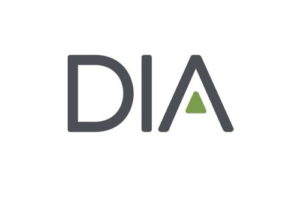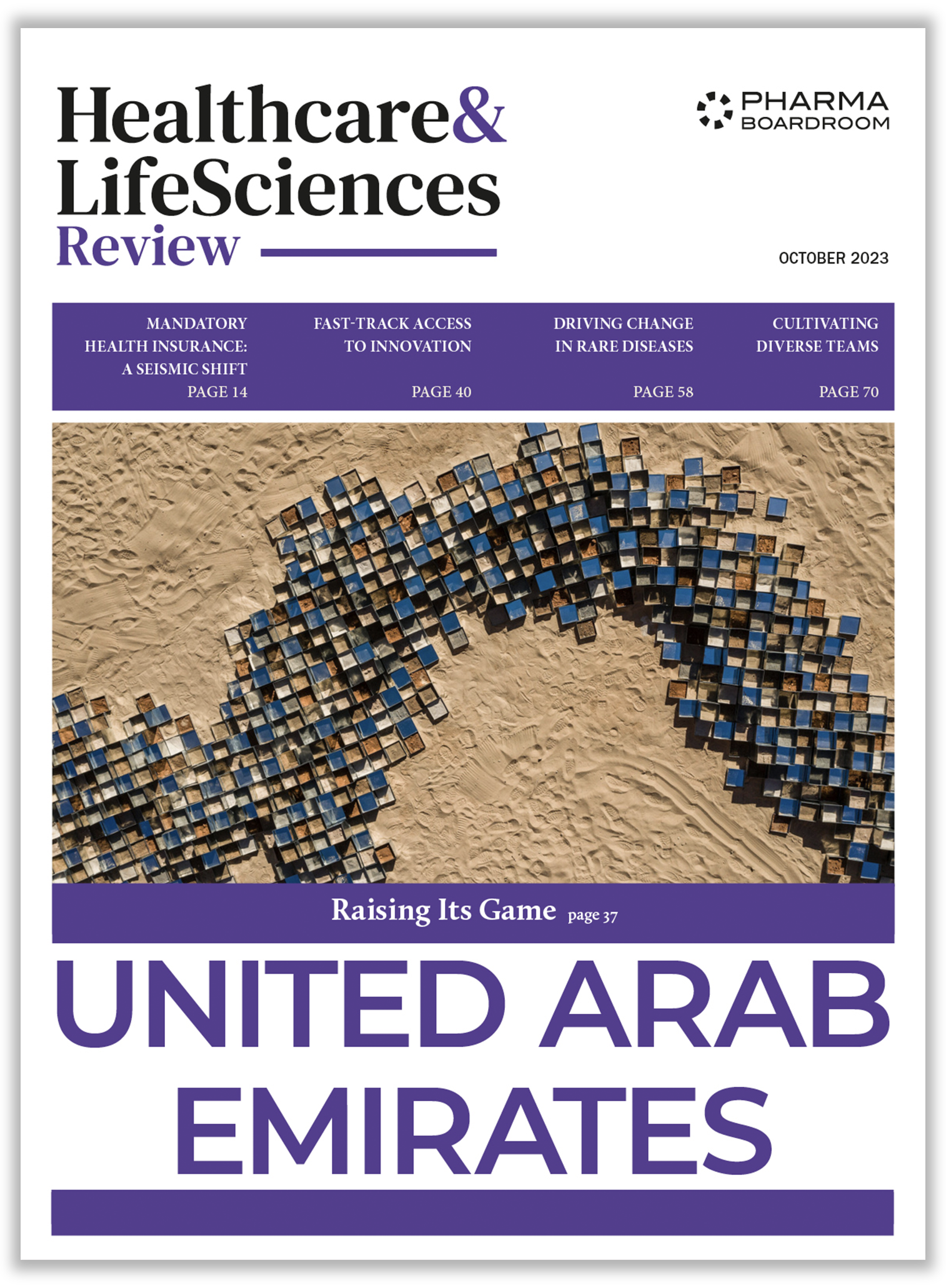Writing in DIA’s Global Forum magazine for June 2024, the organization’s Vedran Raguz reviews some of the key takeaways from DIA Europe 2024, namely the need for increased collaboration, alignment and harmonization among international regulatory bodies and stakeholders.
The significance of sustained dialogue and collaboration is exemplified by ongoing DARWIN EU studies. DARWIN EU is a federated network of data, expertise, and services that supports better decision-making throughout the medicine lifecycle by generating reliable evidence from real-world healthcare data. The multitude of stakeholders actively engaged in this platform continues to generate a palpable sense of commitment towards fostering continuous evolution and advancement. Recent onboarding of new data partners to grow the number of studies further underscores the collaborative ethos driving DARWIN EU, promising valuable insights and opportunities as the network aims to become fully operational in 2024 and routinely support the evaluation work of EMA’s scientific committees and the national competent authorities. The call for new partners to invite different data partners over Europe to join DARWIN EU is currently open and is seeking partners from primary and secondary care data sources, claims databases, biobanks, etc.As the healthcare landscape continues to evolve, the integration of AI in medicines development is also pivotal. The complex legislative landscape surrounding AI necessitates multistakeholder dialogue to craft frameworks that foster innovation and ensure responsible and safe applications. Ongoing efforts from regulatory bodies such as the EMA and the European Medicines Regulatory Network (EMRN) shed light on navigating this terrain, with a particular focus on developing fit-for-purpose frameworks. These include the European Commission’s Artificial Intelligence Act and EMA’s Draft reflection paper on the use of Artificial Intelligence (AI) in the medicinal product lifecycle.
Derisking and Decentralizing Development
Progress and lessons learned from the first year of the EU Clinical Trials Regulation (CTR), consolidated across regulator, ethics committee, trial sponsor, and patient perspectives, keep the impact of decentralized clinical trials (DCTs), innovative clinical trial designs, and the regulatory acceptability of platform trials and external controls moving forward. Initiatives aimed at derisking early medicine development include the 3Rs, early target derisking, and Clinical Trials-Simultaneous National Scientific Advice, all designed to enhance efficiency, safety, and sustainability in the development ecosystem.
The evolving landscape of manufacturing and quality assurance in the pharmaceutical industry highlights the need for an enabling regulatory framework that fosters innovation while upholding sustainability goals. Concepts such as “Goldilocks” regulation, which advocates for striking the right balance between oversight and flexibility, resonate throughout the pivotal role of regulatory bodies such as EMA in enabling innovation and driving sustainable practices within manufacturing processes including supporting the new EMA Quality Innovation Group (QIG), finalizing updates to the CMC Regulatory Framework such as GPL Annex II, new guidelines on variations, ICH M4Q(R2), and making sustainability in manufacturing a priority topic for the EMA QIG and DG SANTE.
Read the full article on the DIA Global Forum website.



